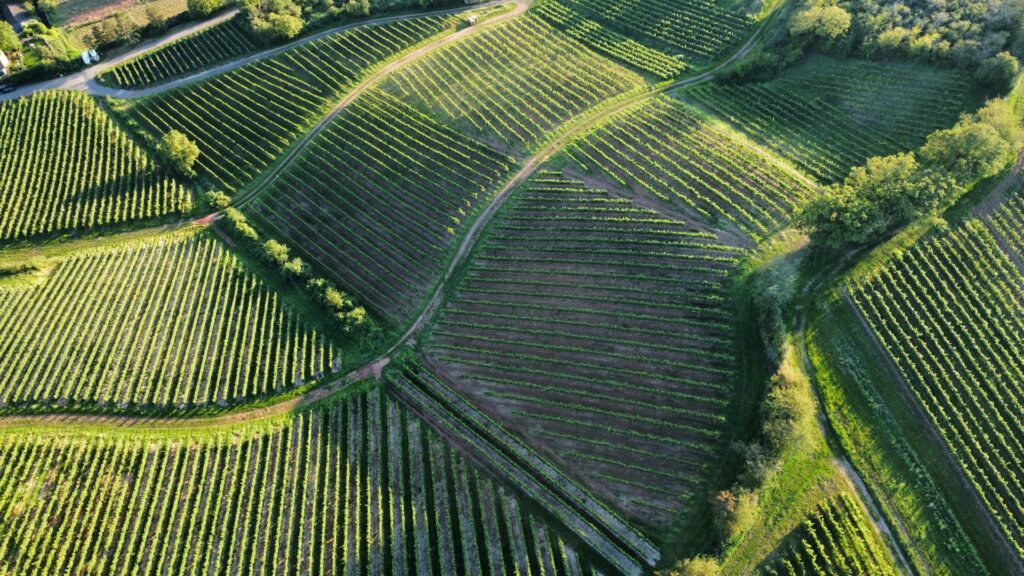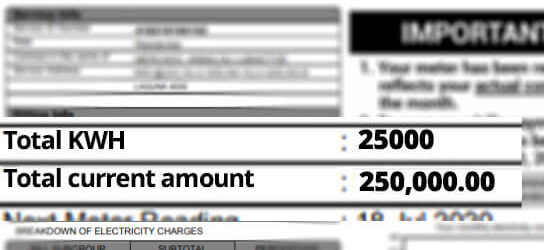Introduction
Short cycles in biofuel production have emerged as a pivotal strategy for minimizing the carbon footprint of biofuels. This innovative approach involves the localized production, refining, and consumption of biofuels within a confined geographic area. Nonetheless, the feasibility and widespread adoption of this concept are still under rigorous examination by experts in the field.
The Benefits of Short Cycles
Short cycles offer substantial advantages in reducing the carbon footprint associated with biofuel production and utilization. By significantly reducing transportation distances for raw materials and finished products, this localized approach enhances overall sustainability. Additionally, it can stimulate local economies by retaining production activities and profits within the community. According to a study by the International Energy Agency (IEA), localized biofuel production can reduce greenhouse gas emissions by up to 60% compared to traditional methods (IEA Bioenergy, 2018).
Furthermore, short cycles can promote energy security by decreasing dependence on imported fuels and fostering resilience against global energy market fluctuations. A report by the National Renewable Energy Laboratory (NREL) highlights that localized biofuel production can create jobs and drive economic growth in rural areas, thus contributing to sustainable community development (NREL, 2020).

Real-world Examples
In several regions, the implementation of short cycles is already underway, providing tangible benefits. For instance, in the Midwest United States, small-scale biofuel production facilities located near cornfields exemplify this approach. These facilities process local crops into biofuels, which are then distributed and used within nearby communities. Such practical applications demonstrate that short cycles are not merely theoretical ideals but can be effectively implemented to promote sustainable biofuel production. The success of projects like the Iowa Renewable Energy (IRE) plant underscores the feasibility and benefits of localized biofuel production (IRE, 2021).
In Europe, countries like Sweden and Germany have adopted similar approaches. Sweden’s extensive use of forest residues for biofuel production and Germany’s biogas plants that utilize local agricultural waste are prime examples of successful short-cycle implementations (European Biogas Association, 2019).
Challenges and Limitations
Despite its promising potential, the adoption of short cycles faces several significant challenges. Regional variations in climate and soil conditions can limit the types of biofuels that can be produced efficiently. For example, certain feedstocks may only thrive in specific climates, affecting the consistency and reliability of biofuel production (USDA, 2020).
Additionally, establishing new production facilities requires substantial financial investments, which pose barriers to entry for smaller enterprises. The initial capital costs for setting up biofuel refineries and the necessary infrastructure can be prohibitive without significant financial support or incentives (World Bank, 2019). Furthermore, regulatory hurdles and the need for technological advancements in biofuel processing and efficiency remain significant obstacles (International Renewable Energy Agency, 2020).
Overcoming these challenges necessitates concerted efforts and innovative solutions. Public-private partnerships, government subsidies, and advancements in biofuel technology are critical to making short cycles a viable option for biofuel production on a broader scale.
Conclusion
While the concept of short cycles presents an attractive vision for the future of biofuels, its widespread implementation poses numerous challenges. However, the environmental and economic benefits it offers make it an ideal worth striving for as we move towards a more sustainable future. By addressing the challenges and leveraging opportunities, short cycles can play a pivotal role in advancing the sustainability of biofuel production and contributing to the broader transition to renewable energy sources.
Investing in research, supporting policy frameworks, and fostering community engagement are essential steps towards realizing the full potential of short cycles in biofuel production. As demonstrated by existing projects and ongoing research, the promise of localized biofuel production is within reach, offering a pathway to a more sustainable and resilient energy future.
References:
Here are the links to the references used in the article:
- International Energy Agency (IEA) Bioenergy (2018): [Greenhouse gas emissions and energy balances of bioenergy systems]
- National Renewable Energy Laboratory (NREL) (2020): [Economic impact analysis of localized biofuel production]
- Iowa Renewable Energy (IRE) (2021): [Annual sustainability report]
- European Biogas Association (2019): [Biogas and biofuel production in Europe]
- United States Department of Agriculture (USDA) (2020): [Regional feedstock availability for biofuel production]
- World Bank (2019)**: [Financing renewable energy infrastructure]
- International Renewable Energy Agency (IRENA) (2020): [Advanced biofuels: What holds them back?]


